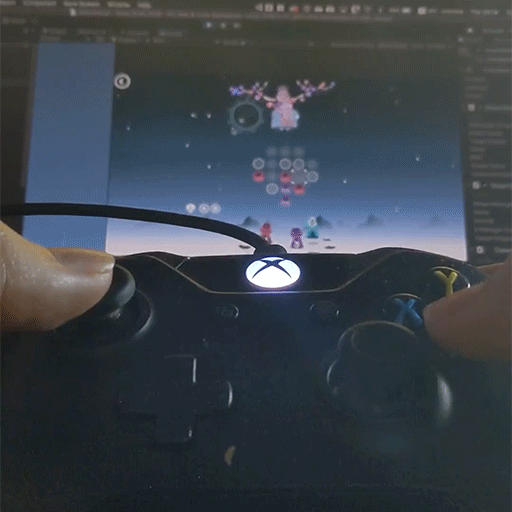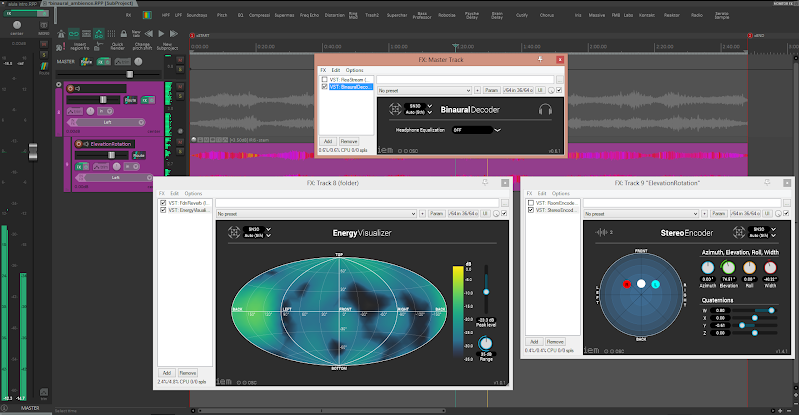-
Brad Smith
Ruya – Version 1.7

Hello to you wonderful people! If you were unaware we recently did a BIG UPDATE to Ruya for you all.
Here’s what’s new:
◆ Controller support!
◆ UI overhaul with new animation system.
◆ Frame rate no longer drops when opening and closing options screen.
◆ Reduced overall sprite count.
Updated Platforms:
◆ iOS AppStore
◆ Mac AppStore
◆ Google Play
◆ Itch.io
◆ Steam

We’re really proud of it as there’s now full controller, keyboard and mouse support. This opens up a wave of potential in terms of accessibility! Before the game was mouse only but now players are able to interact with Ruya in multiple ways opening the door to the types of people that can use the game with ease as they see fit. Accessibility is something we’ve been thinking about a lot lately thanks to our buddy Joe who’s a big advocate for it on our Twitter feeds. Hopefully we’ll be picking up some wisdom about input remapping in Unity overtime and maybe you’ll start to see some that being embedded into our games in the future.


Free to swing any suggestions our way for future updates you might want to see in Ruya to our Twitter DMs or ping us an e-mail. In the meantime we’ll currently focusing on Alula and some other secret stuff, so keep and eye out for that.
Give a follow to our coder Tom on Twitter for all of his hard work and making this update possible. You can read about some technical details on UI optimisation and controller support in Unity3d that went into Ruya 1.7 on Tom’s blog post here!
– Miracle Tea




